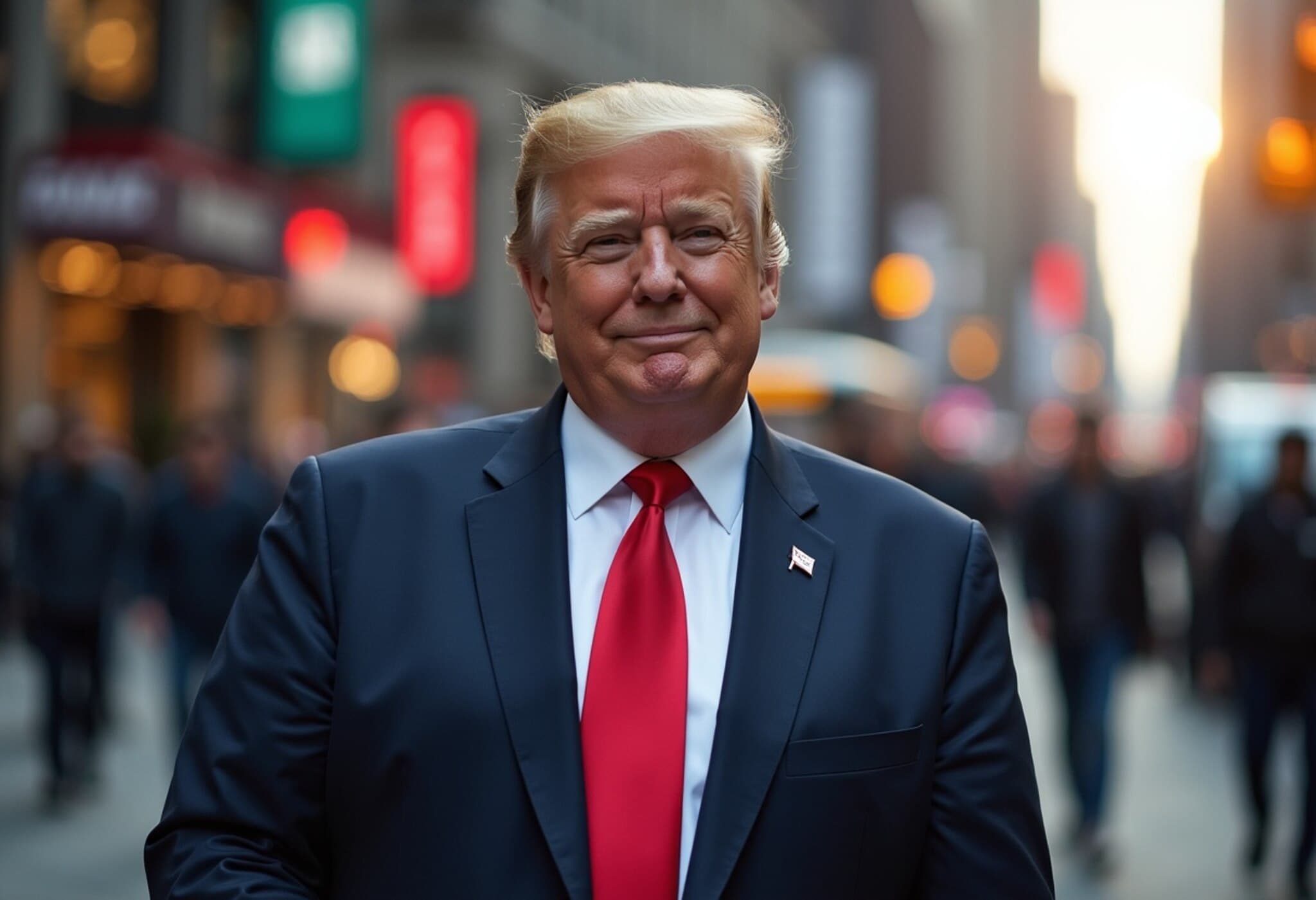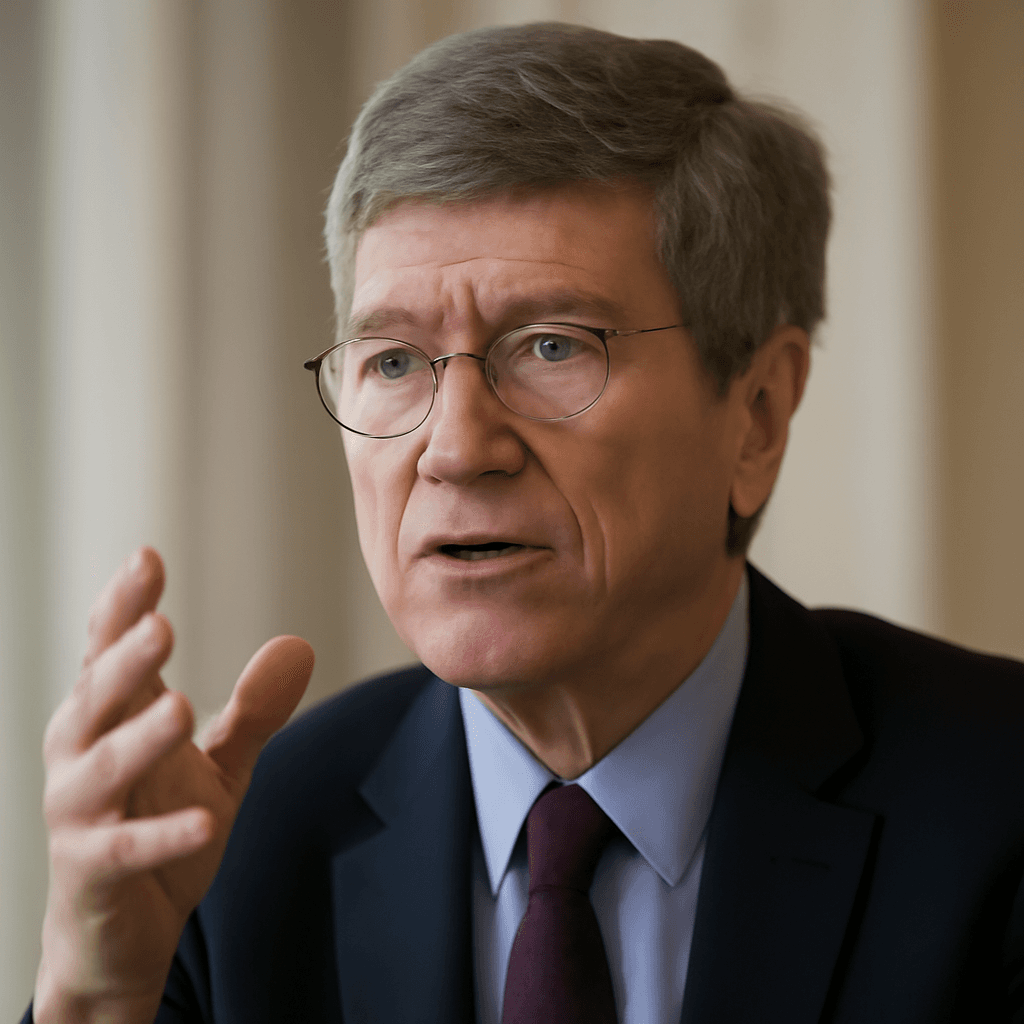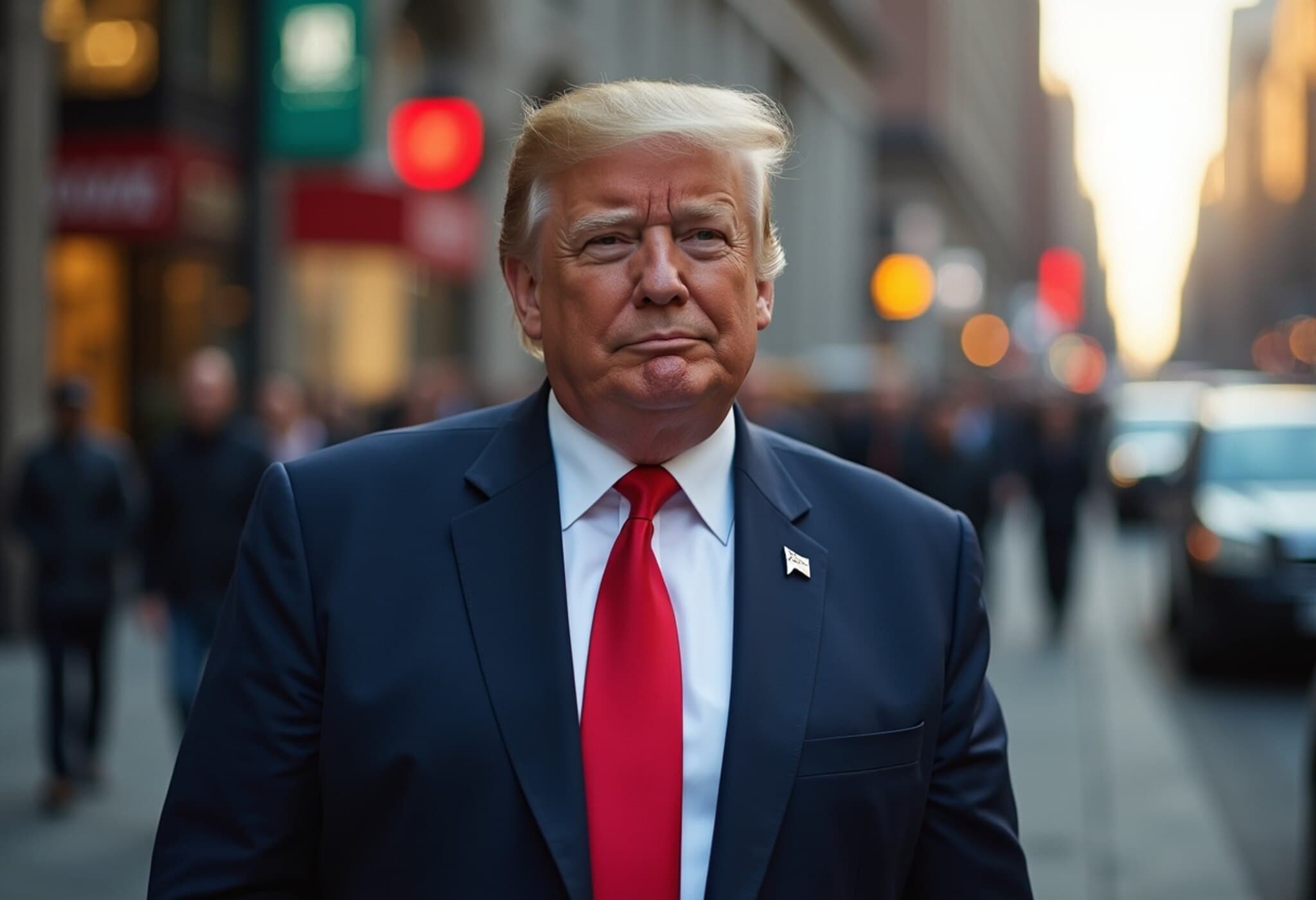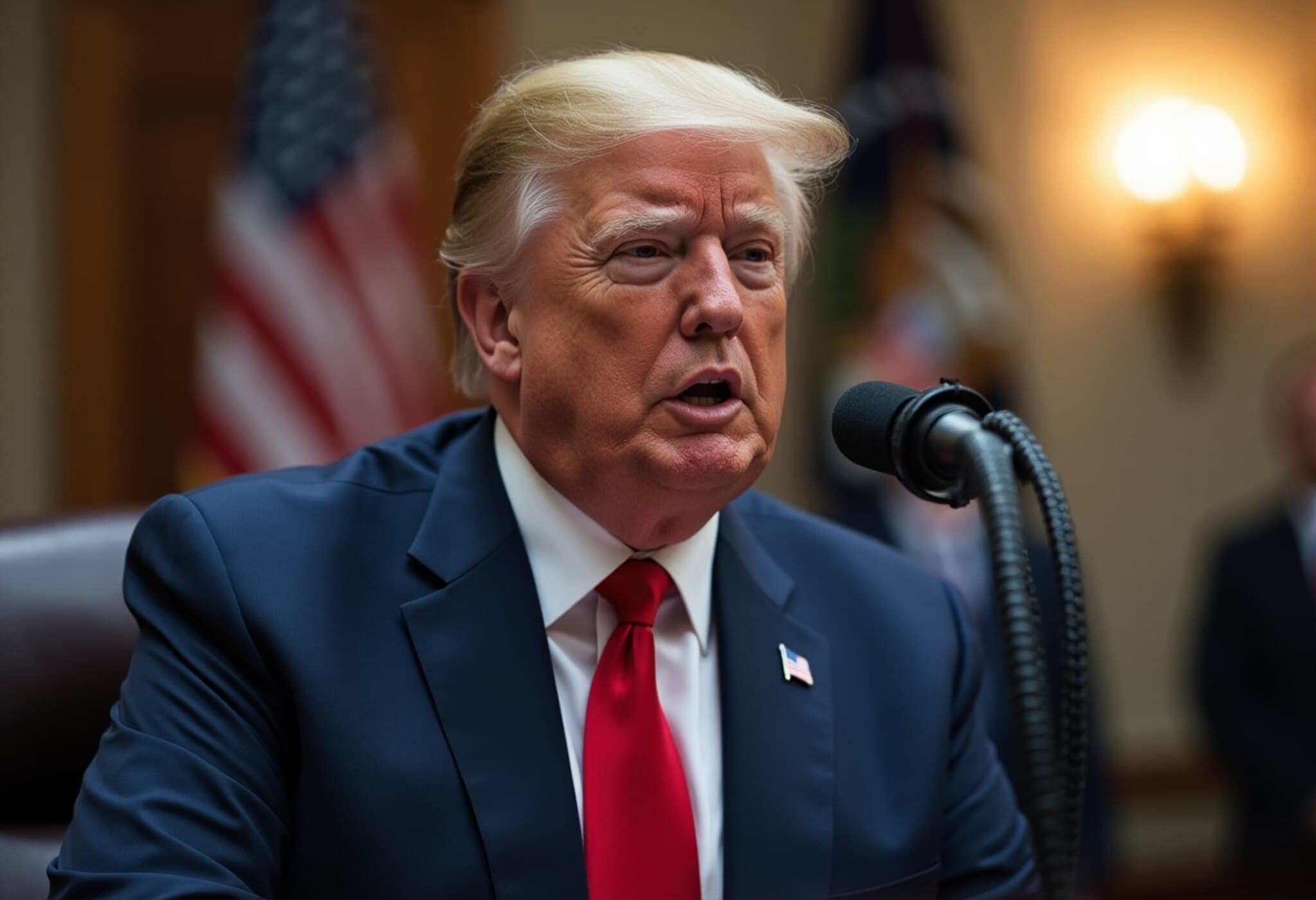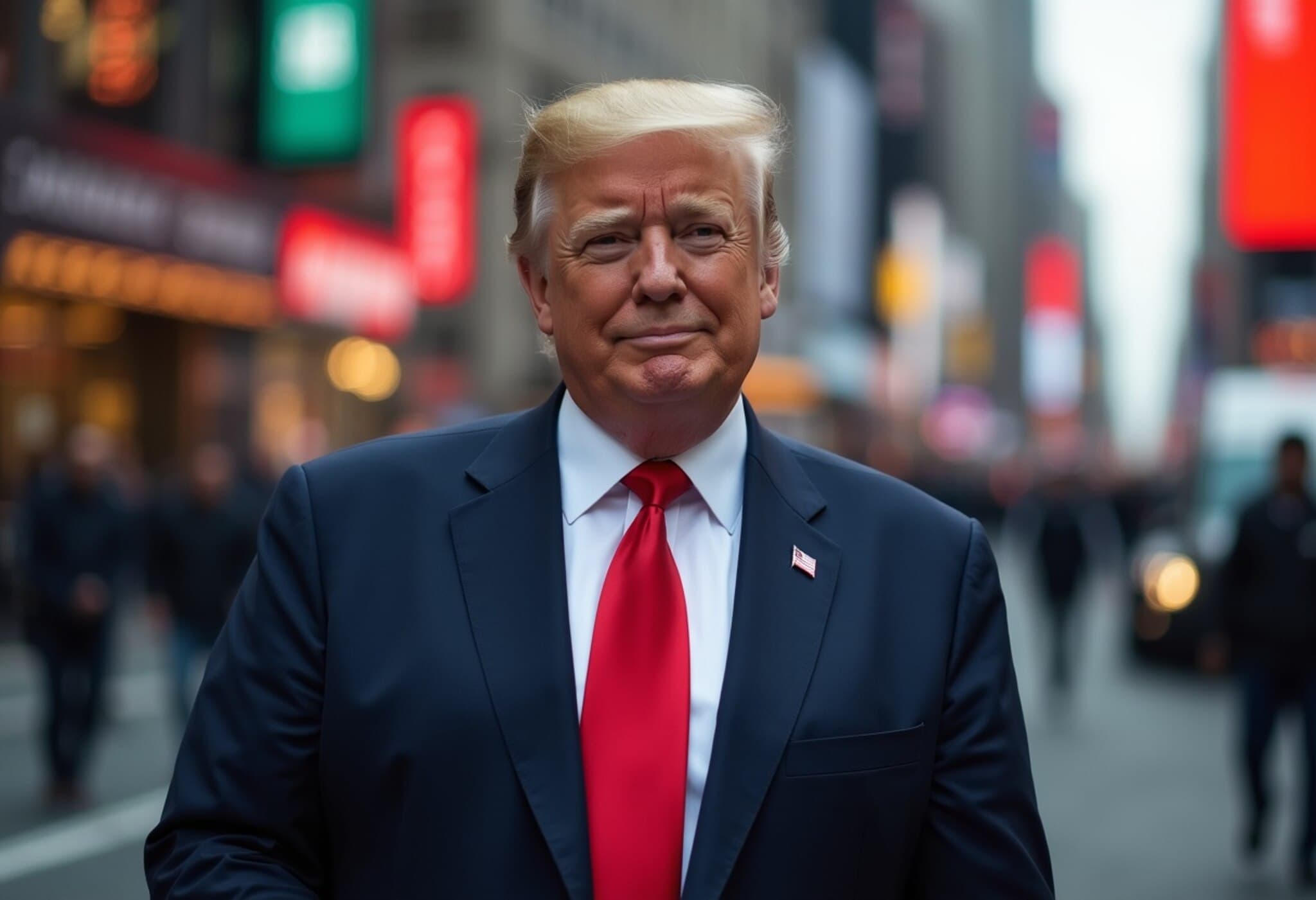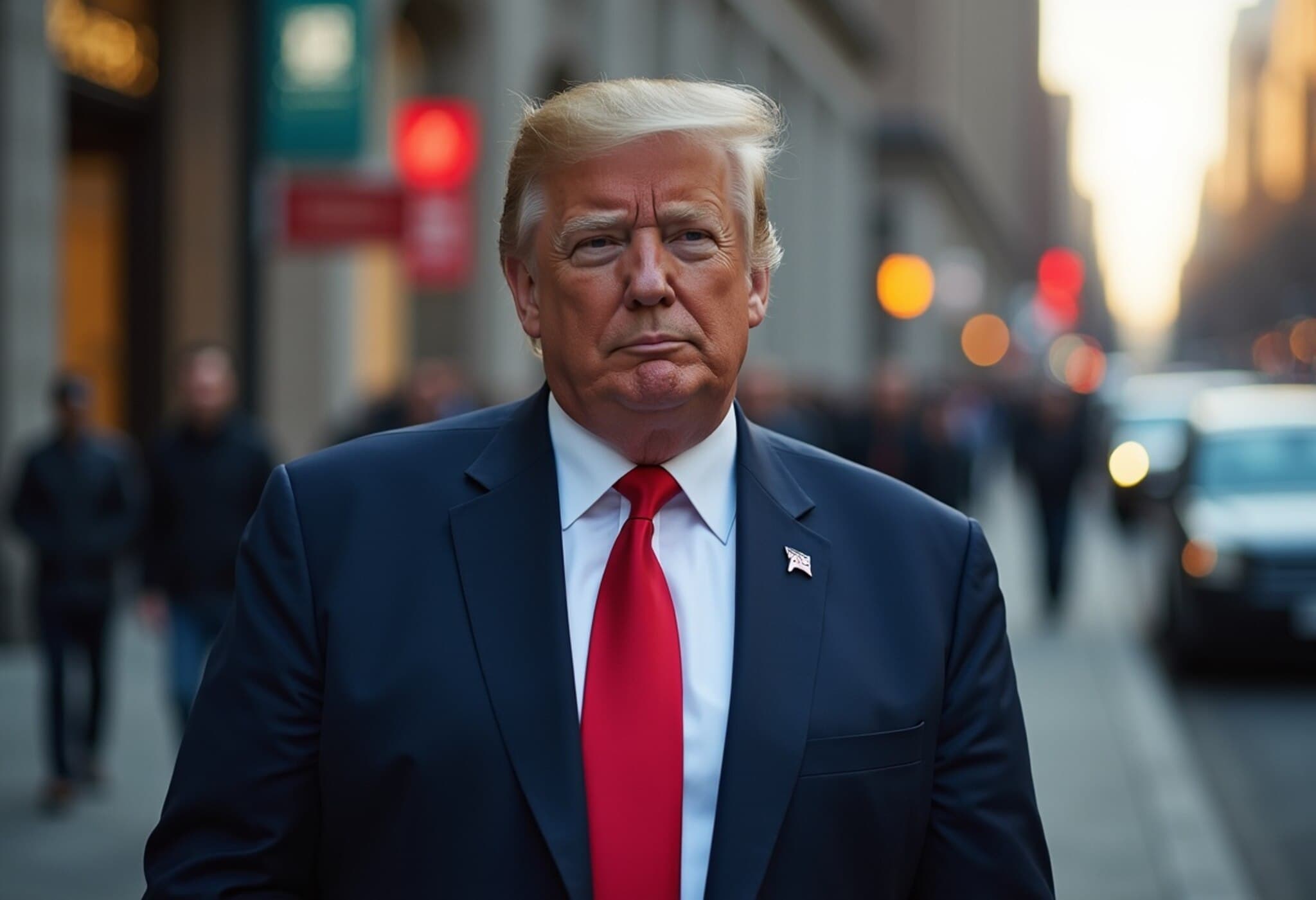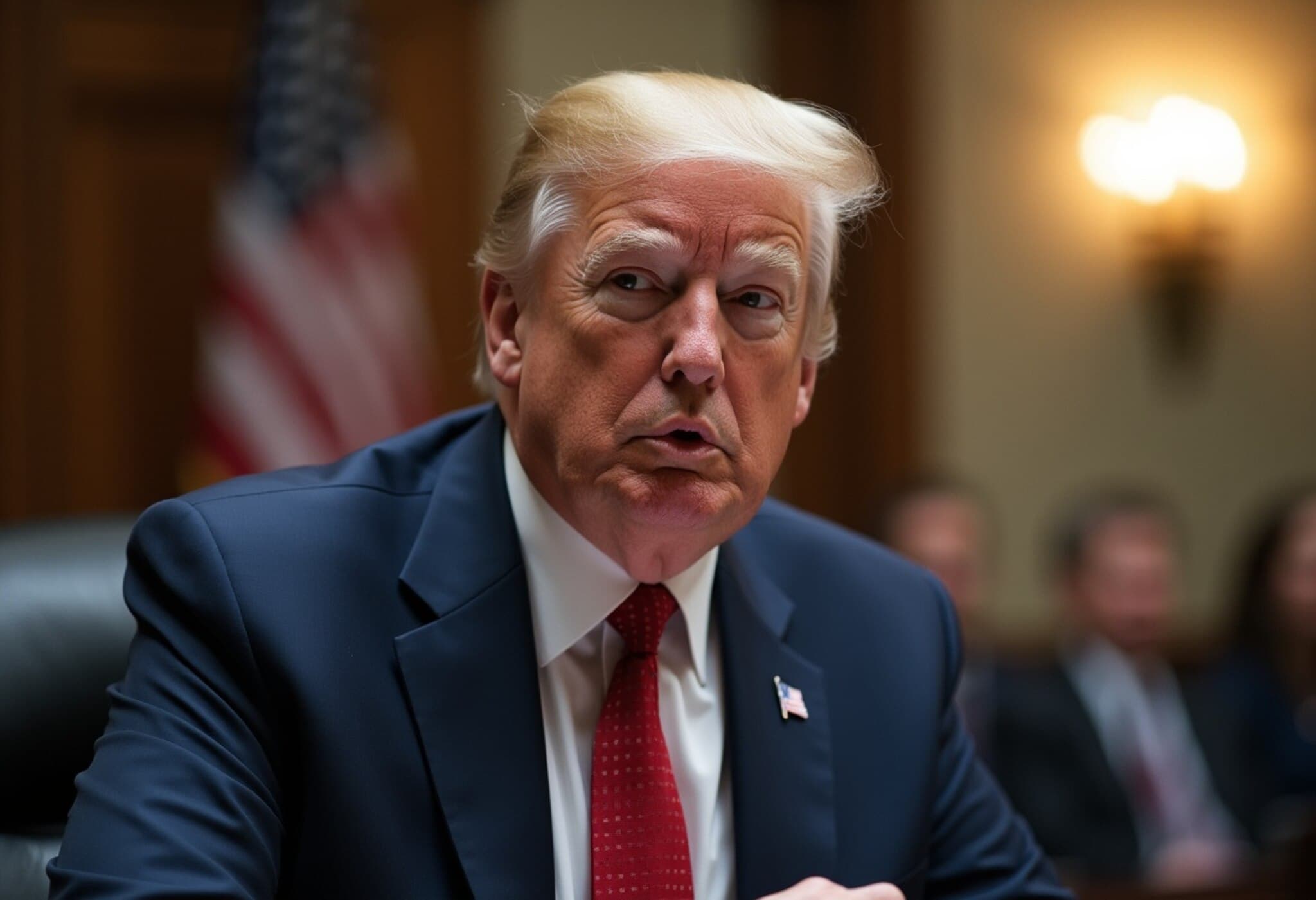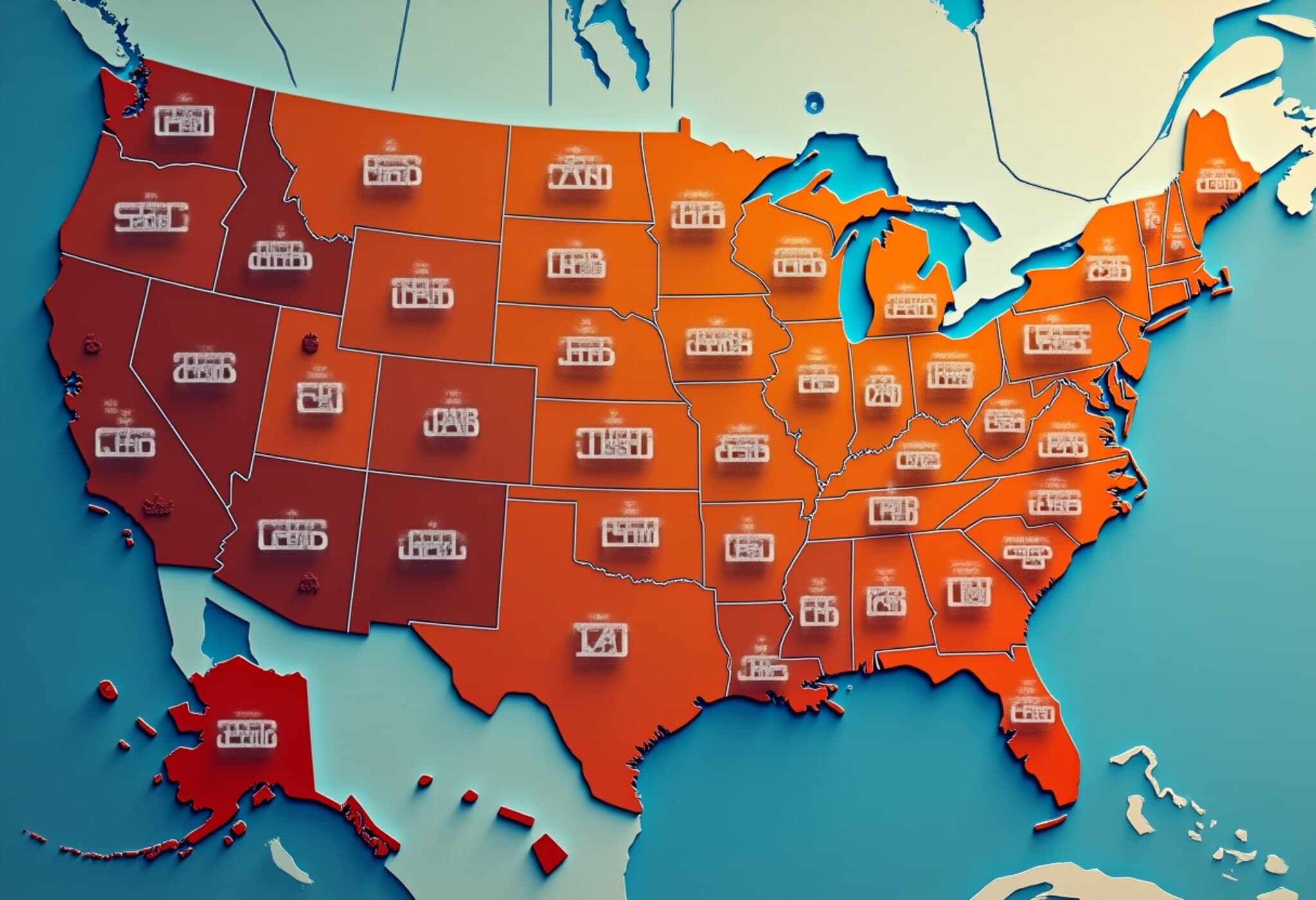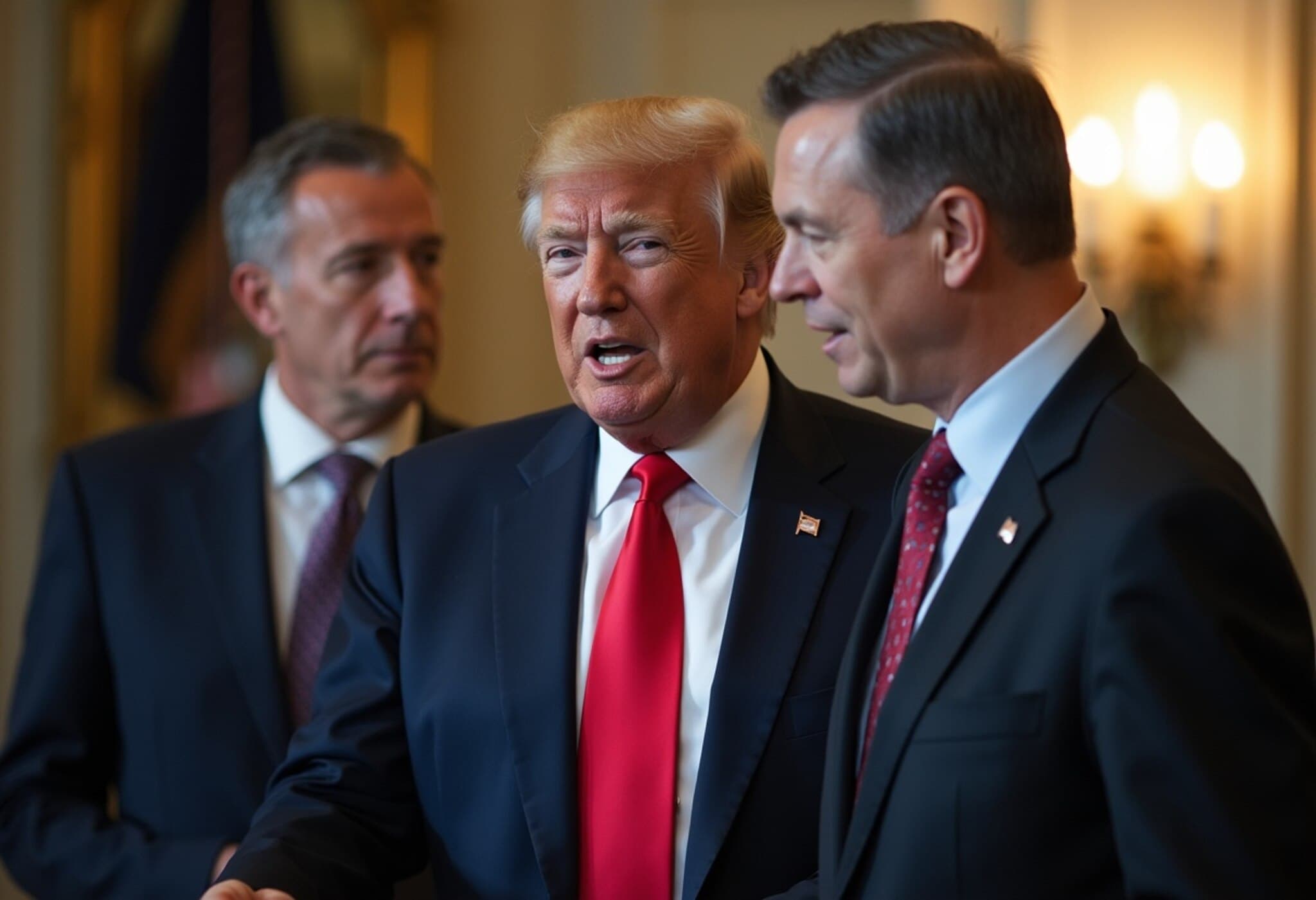US Customs Duties Soar but Federal Deficit Expands to $1.3 Trillion
In an intriguing paradox of fiscal policy, the United States government witnessed a historic rise in customs duties under President Donald Trump’s administration, yet the federal budget deficit ballooned to $1.3 trillion during the first nine months of the 2025 fiscal year. This gap widened by $64 billion compared to the prior year, underscoring the persistent challenge of balancing revenue with escalating government spending.
Tariffs: A Double-Edged Sword for Revenue and Trade
The Treasury Department’s recent data reveals customs duties climbed sharply from $61 billion to an unprecedented $113 billion, fueled by sweeping tariff measures. Since Trump's return to office, a broad 10% tariff has been applied to imports from most trade partners, alongside elevated duties targeting Chinese goods, steel, aluminum, and automobile imports. Notably, customs revenue for June alone surged to $27 billion, a dramatic increase over the $7 billion collected the previous year.
Tariffs have become a substantial source of revenue for the administration, with Treasury Secretary Scott Bessent projecting that tariff income could exceed $300 billion by year-end. However, economic experts caution that while tariffs temporarily boost government coffers, they can disrupt global supply chains and trade relationships, potentially harming economic growth over the longer term.
Budget Deficit Widens Amid Rising Expenditures
Despite gains in customs duties and a seven percent rise in overall government receipts—largely buoyed by increased individual income tax revenue reflecting stronger employment and wage growth—the deficit expanded due to faster-growing federal spending. Government expenditures increased by six percent in the period, driven primarily by soaring costs for healthcare programs such as Medicare and Medicaid.
Moreover, the cost of servicing the national debt hit an all-time high of $921 billion, up from $868 billion the previous year, as interest rates remain elevated. This surge in interest payments underscores a growing strain on the federal budget.
Interestingly, collections from corporate taxes dipped, which Treasury officials attribute to taxpayers anticipating favorable write-offs and deductions introduced under Trump’s latest tax reforms.
Economic and Policy Implications
The tension between tariff-driven revenue and expanding deficits highlights the complex interplay of fiscal policy, economic growth, and monetary policy in today’s U.S. economy. President Trump has publicly urged the Federal Reserve Chair Jerome Powell to lower interest rates, aiming to reduce borrowing costs and ease the debt burden—a call reflecting broader concerns about the sustainability of rising interest expenditure.
From a policy perspective, this situation raises critical questions:
- Can tariffs remain a reliable revenue source without inflicting collateral damage on trade partners and domestic consumers?
- How will rising debt servicing costs constrain future government spending priorities?
- What role should monetary policy play in supporting federal fiscal health amidst inflationary pressures?
As fiscal dynamics evolve, understanding the balance between protective trade policies and their economic repercussions remains vital for policymakers and citizens alike.
Editor's Note
The surge in customs duties under President Trump has undeniably boosted government revenue, setting new records, yet the stubbornly growing deficit reveals fiscal challenges that mere tariff hikes cannot solve. With public debt interest costs climbing, and spending on critical social programs rising, the U.S. faces tough choices ahead. Balancing trade, taxation, and borrowing demands strategic policy that safeguards economic growth without overburdening future generations.
Readers are encouraged to consider the broader impacts of tariffs beyond immediate revenue gains—especially their influence on consumer prices, trade relations, and long-term economic stability.





